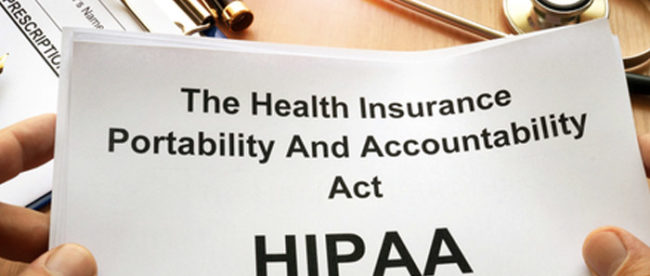A Biased View of Pacific Prime
A Biased View of Pacific Prime
Blog Article
Pacific Prime Fundamentals Explained
Table of ContentsPacific Prime Fundamentals ExplainedOur Pacific Prime DiariesPacific Prime - The Facts6 Simple Techniques For Pacific PrimeHow Pacific Prime can Save You Time, Stress, and Money.
:max_bytes(150000):strip_icc()/how-does-insurance-sector-work.asp-FINAL-1ccff64db9f84b479921c47c008b08c6.png)
This is because the data were accumulated for a period of strong economic efficiency. Of the estimated 42 million people who were without insurance, all but regarding 420,000 (concerning 1 percent) were under 65 years old, the age at which most Americans become eligible for Medicare; 32 million were grownups in between ages 18 and 65, about 19 percent of all grownups in this age; and 10 million were youngsters under 18 years of age, about 13.9 percent of all kids (Mills, 2000).
These price quotes of the number of individuals without insurance are created from the yearly March Supplement to the Existing Populace Study (CPS), conducted by the Census Bureau. Unless or else noted, national estimates of people without wellness insurance and proportions of the population with different type of coverage are based on the CPS, the most commonly utilized resource of price quotes of insurance coverage and uninsurance prices.
The Single Strategy To Use For Pacific Prime

Still, the CPS is especially valuable due to the fact that it generates yearly estimates relatively promptly, reporting the previous year's insurance policy protection approximates each September, and due to the fact that it is the basis for a consistent collection of price quotes for greater than twenty years, permitting evaluation of patterns in protection over time. For these reasons, in addition to the extensive use the CPS in various other studies of insurance protection that exist in this record, we depend on CPS estimates, with limitations noted.

The quote of the variety of without insurance people increases when a population's insurance policy condition is tracked for several years. Over a three-year duration starting early in 1993, 72 million people, 29 percent of the U.S. https://www.kickstarter.com/profile/pacificpr1me/about. populace, were without coverage for a minimum of one month. Within a solitary year (1994 ), 53 million people experienced a minimum of a month without insurance coverage (Bennefield, 1998a)
6 out of every 10 uninsured grownups are themselves utilized. Working does boost the likelihood that one and one's family participants will have insurance, it is not an assurance. Even participants of households with 2 full time wage income earners have nearly a one-in-ten opportunity of being without insurance (9.1 percent uninsured price) (Hoffman and Pohl, 2000).
Not known Details About Pacific Prime
New immigrants make up a considerable percentage of people without health and wellness insurance. One evaluation has actually attributed a considerable section of the current development in the size of the united state without insurance populace to immigrants that arrived find in the nation in between 1994 and 1998 (Camarota and Edwards, 2000). Current immigrants (those that involved the United States within the past 4 years) do have a high price of being without insurance (46 percent), yet they and their children account for simply 6 percent of those without insurance policy nationally (Holahan et al., 2001).
The relationship between health and wellness insurance and access to care is well established, as documented later on in this chapter. The relationship in between wellness insurance coverage and wellness end results is neither straight nor easy, an extensive professional and wellness services research literary works links wellness insurance policy coverage to improved accessibility to care, better quality, and boosted individual and population wellness condition.
Levels of analysis for examining the impacts of uninsurance. It focuses especially on those without any type of wellness insurance for any type of size of time.
Some Known Facts About Pacific Prime.
The issues faced by the underinsured are in some areas similar to those faced by the without insurance, although they are generally much less severe. Wellness insurance policy, nevertheless, is neither needed nor sufficient to get access to clinical services. The independent and direct result of health and wellness insurance protection on accessibility to health and wellness services is well established.
Others will certainly obtain the wellness care they need also without medical insurance, by paying for it expense or seeking it from carriers that provide care complimentary or at highly subsidized prices. For still others, medical insurance alone does not guarantee invoice of care as a result of various other nonfinancial barriers, such as a lack of health and wellness treatment companies in their area, limited accessibility to transport, illiteracy, or linguistic and cultural distinctions.
A Biased View of Pacific Prime
Formal research about without insurance populations in the United States dates to the late 1920s and early 1930s when the Committee on the Expense of Medical Care created a series of reports regarding funding doctor office brows through and hospitalizations. This issue became salient as the numbers of medically indigent climbed during the Great Anxiety.
Report this page